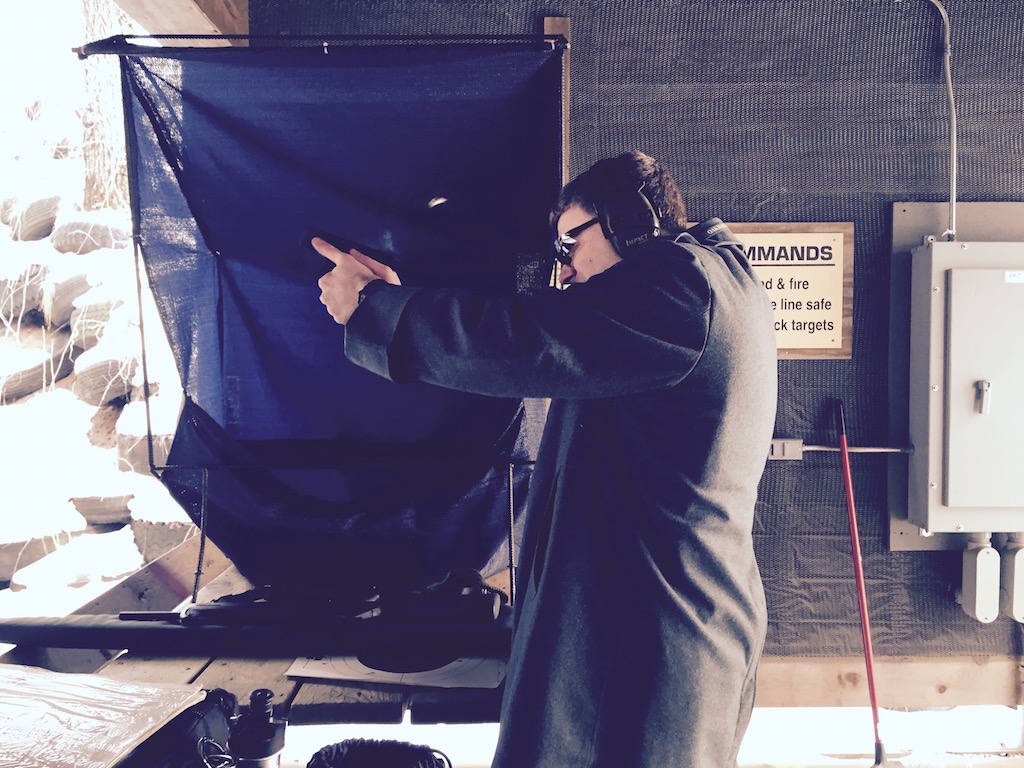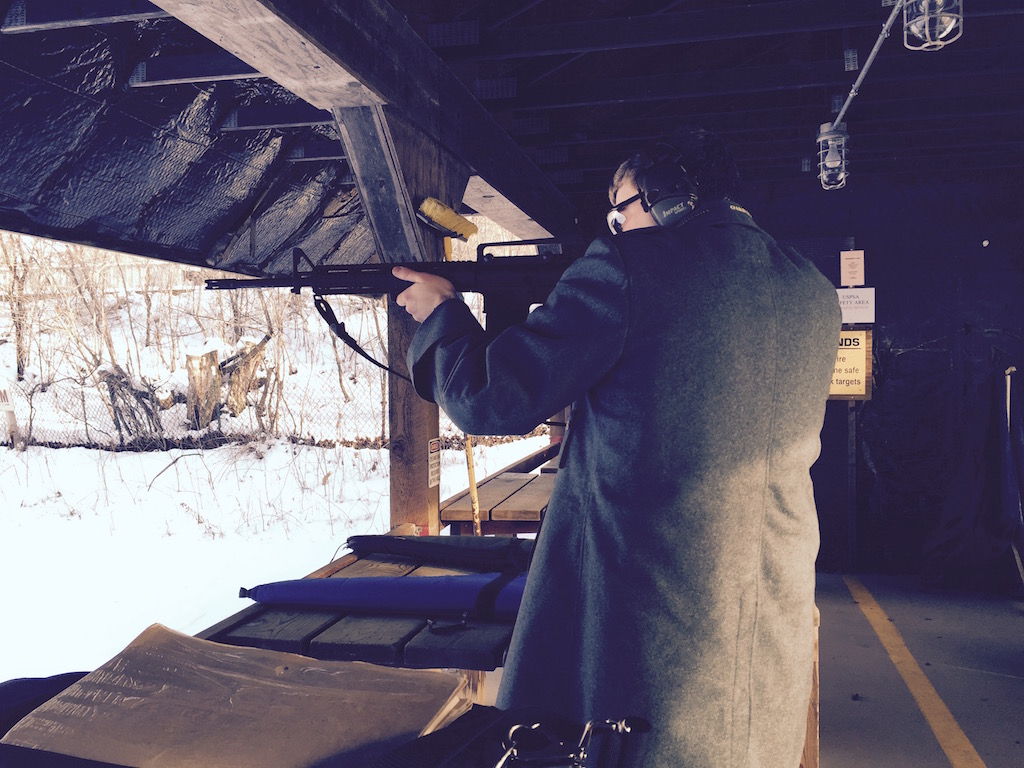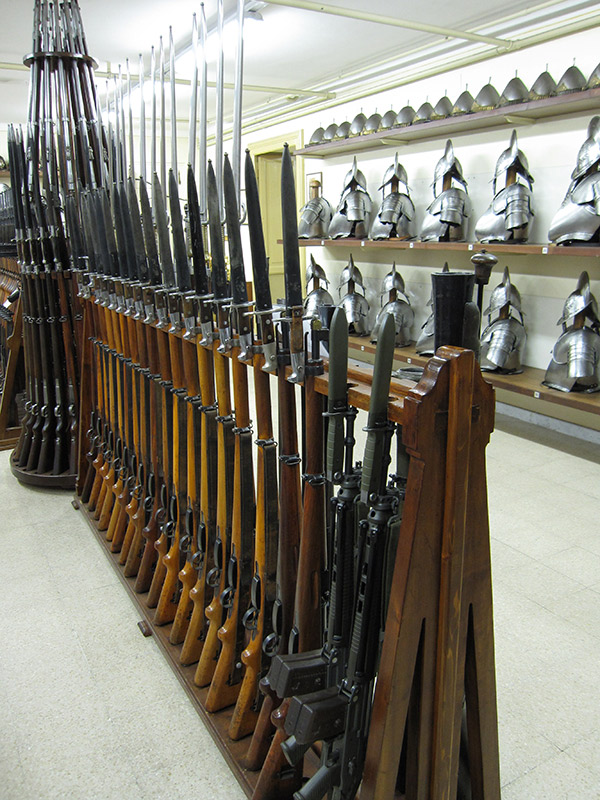If you’ve been reading this site since almost the beginning you know that I’m the proud owner of a SPAS-12. It took me 13 years (my desire to have one was a result of Jurassic Park, which I first saw when I was pretty young) to obtain one but the wait was worth it. The SPAS-12 is a fun gun but it’s an unsupported platform that was never terribly popular. What that means is replacement parts, when they can be found, are expensive. Furthermore some of the factory parts in the SPAS-12 don’t age well. Two parts in particular, the folding stock shock absorber and the receiver buffer, are made of a plastic that becomes brittle with age.
My SPAS-12 didn’t have a shock absorber on the folding stock when I obtained it. But the buffer was there and in working order. That changed when I did something really stupid, I let another person shoot my rare and no longer supported shotgun. The SPAS-12 comes from an era when 2 3/4″ shells were the only shells for all practical purposes. One day when I was shooting with a friend he asked if he could shoot it. I said yes, then quickly asked if his shells were 2 3/4″. He answered in the affirmative and I believed him. As it turns out the shells he was using were 3″ and after firing the first round the shotgun jammed up. When I got it unjammed I also learned something else, the receiver buffer had broken off. I was pissed but I also failed to perform due diligence on a gun that I knew spare parts weren’t easy to come by. Lesson learned.
Fast forward to today. The SPAS 12 Project has newly manufactured spare parts for sale! I ordered a folding stock shock buffer and an old style receiver buffer that showed up last night. Unfortunately they accidentally sent me a new style receiver buffer but it only took a quick e-mail to get everything sorted out so I could exchange it for the correct one (overall I’m very happy with how quickly they replied, other one or two man online operations I’ve ordered from haven’t always been as responsive). But I did get the folding stock shock absorber installed.
First let me say that the shock absorber is somewhat rough looking but well made. It’s made of a very dense polyurethane that flexes but not easily. Without the shock absorber the end piece of the folding stock has a habit of moving forward slightly when you shoulder the weapon. After repeated firings in this condition the piece wears at the locking button hole and eventually the piece cracks. Although I haven’t been able to test fire the SPAS-12 I can say that the play in the rear piece of the stock is entirely gone after installing the shock absorber. So far it looks like a quality piece.
As I messed with the gun I also noticed that the magazine spring appears to have aged beyond its useful point. While most of the shells reliably eject out of the magazine and onto the lifting gate the last one or two will eject very lazily and sometimes not fully. Thankfully the magazine spring, like the o-ring for the gas system, is easily replaced with Remington 1187 parts.
Obviously I can’t give a final verdict on the parts until I’ve test fired the gun. But the new style receiver buffer that I was sent looks and feels like an quality piece. I believe it will work well for a long time. So if you’re in need of spare parts for your SPAS-12 the people running The SPAS 12 Project are a good place to look. They also sent a few extra o-rings free of charge, which is appreciated since they have a habit of disappearing.



